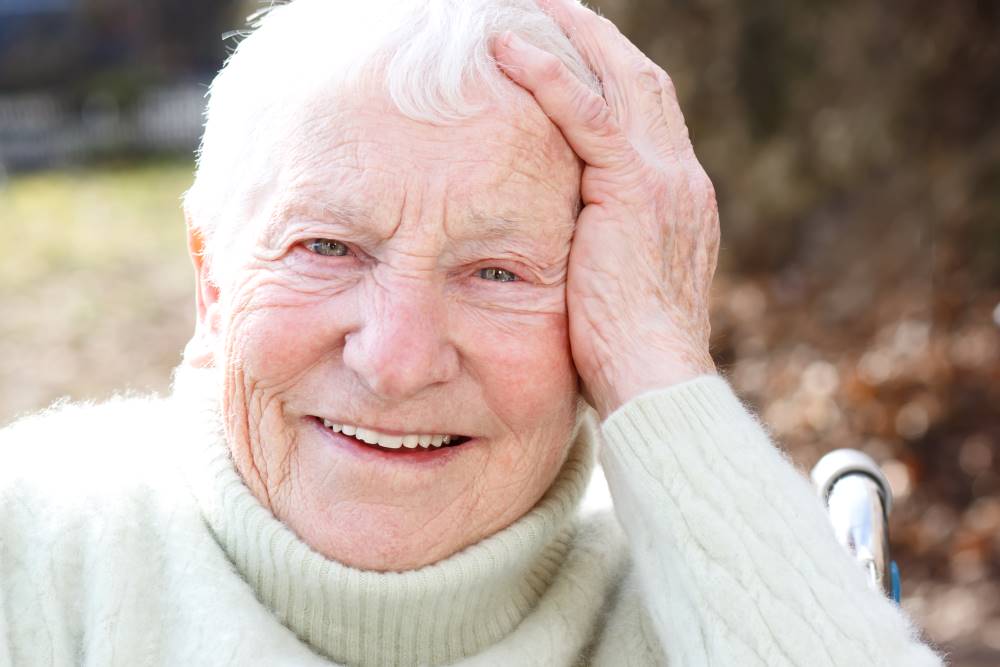The British Standards Institution has withdrawn its guidance on fire risk assessments following the threat of legal action from a bereaved Grenfell family. The assessments stated it was “not normally practicable” to identify people with disabilities or for landlords to make provision for their evacuation in a fire.
For the estimated 43% of social housing residents who live with a long-term disability, the use of cutting-edge technology that remotely monitors the home environment 24/7 – and generates live data that illustrates the real-time risk level unique to each property – has the potential to prevent life-threatening events.
FireAngel’s Co-founder and Chief Product Officer, Nick Rutter, comments: “With a growing trend towards an ageing population, many of whom are living with underlying health conditions and/or disabilities, there is increasing pressure on social housing landlords to safeguard vulnerable residents.
“Cognitive and/or physical impairments that may arise in ageing populations can influence the probability of a fire, the residents’ ability to detect a fire in its early stages and promptly evacuate the property when required. Taking this into account, the remote monitoring of individual residents’ home environment offers a real opportunity to mitigate risk and fire prevention.
“The government’s charter for social housing residents: social housing white paper, published in November last year has also put an onus on social housing landlords to further enhance safety in the sector. Brought about by the tragic events of the Grenfell Tower fire in June 2017, the white paper provides an opportunity to raise standards in a sector that covers four million households.
“Installing connected fire safety technologies also underpins the principles of the Building Safety Bill, which aims to provide transparent accountability for safety throughout a building’s lifecycle, including provision of fire safety and related equipment such as smoke alarms, heat alarms and carbon monoxide alarms,” adds Nick Rutter.
“Cutting-edge connected safety offers a quick and easy to install safeguard, which can be achieved by interlinking alarms with wireless technology, so that if one alarm is triggered, the remaining alarms and ancillary devices are immediately activated, alerting a person with impaired hearing to the unfolding fire.
“Using remote alarm monitoring, Internet of Things (IoT) and predictive data analysis, connected safety technology also has the potential to identify a fire risk before it escalates to a 999 call. Not only can the data monitored in real-time alert social landlords to the status of alarms in the property when they are triggered but also when they need to be replaced. Prevention is always the priority.
“Connection to the IoT enables landlords to monitor important features such as the building’s age and condition as well as the wear and tear of electrical appliances. Being able to combine this information with data on individuals’ physical or mental status is also important. If a person has dementia, is partially-sighted or uses a wheelchair, they will be slow to respond in the event of a fire.
“Using connected technology, a person-centred approach can be applied to fire safety procedures and systems. Adopting this approach means safeguards can be implemented, managed and maintained according to a vulnerable resident’s individual needs, helping to support many of the requirements set out in the charter for social housing residents,” Nick Rutter concluded.


